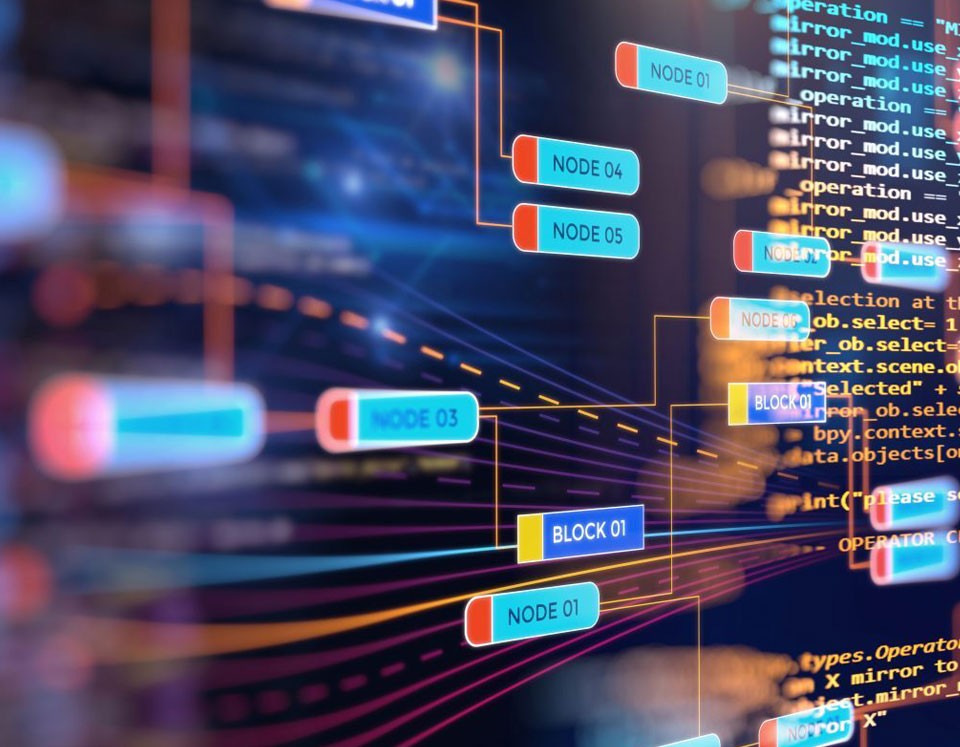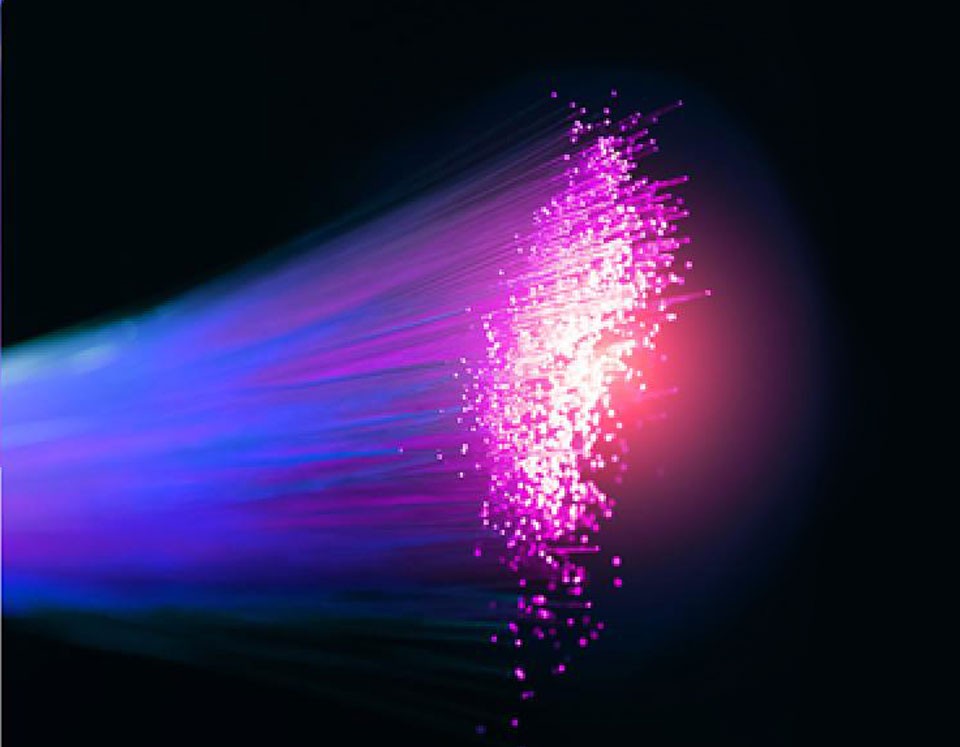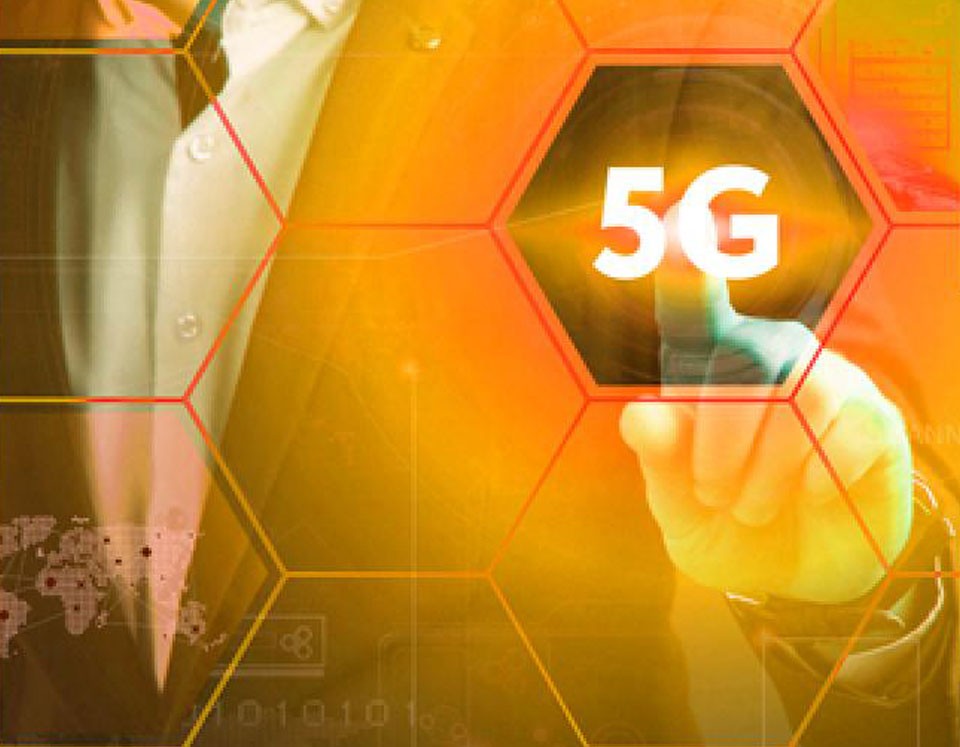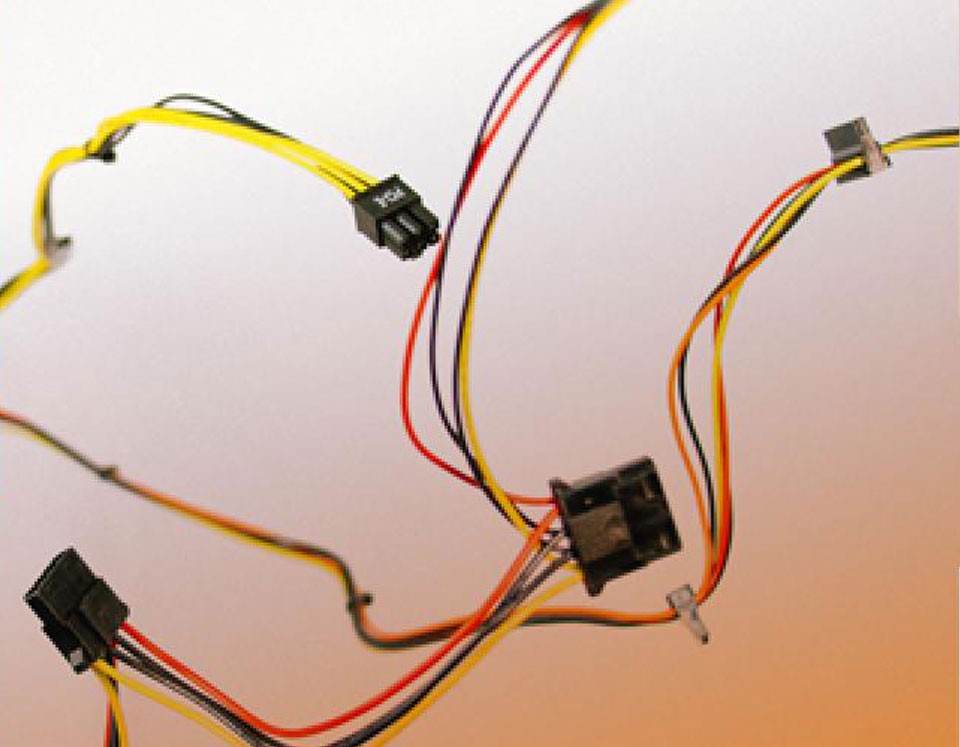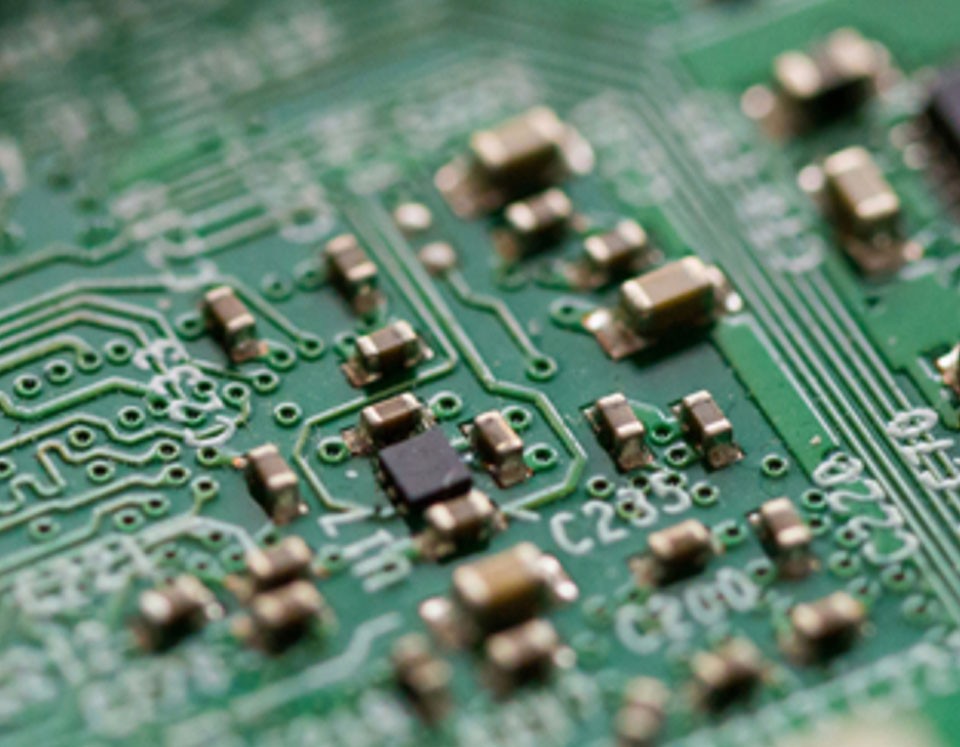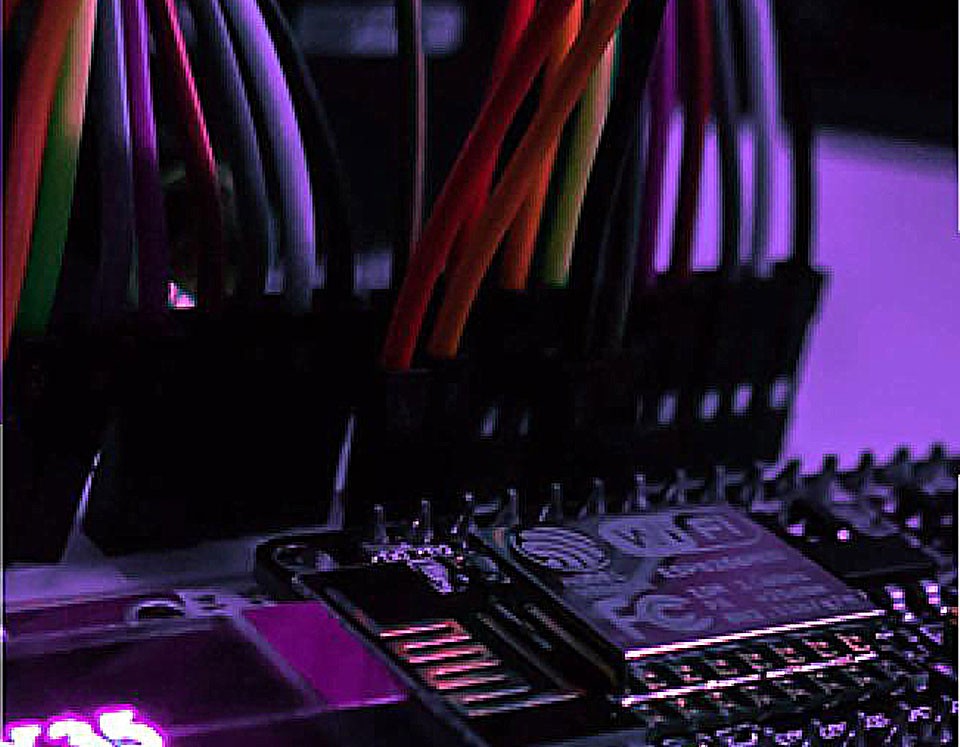Posts by Nati Fisher
Unsupervised Dynamic Sensor for Real-Time Segmentation of Big Data
A Proposed Solution to Big Data Processing Tackling the challenge of Big Data processing is focused today on two levels: Increase computing power of processors and cloud platforms Improving parallel processing algorithms for optimal utilization of the above hardware The proposed novel solution tackles those limitations by reducing problem dimensions. To reduce the dimensions of unsupervised…
Read MoreDistributed Sensing Employing Stimulated Brillouin Scattering in Optical Fibers
A First-Rate Solution Concerning Optical Fibers The Problem Optical fibers serve as excellent sensing platform. In distributed analysis protocols, a parameter of interest is mapped along a fiber under test, and each fiber segment serves as an independent sensing node. Both temperature and mechanical strain can be mapped based on the physical principle of stimulated…
Read MoreDISTRIBUTED FIBER OPTIC SENSING USING GUIDED ACOUSTIC MODES
An Alternative to Standard Fiber Optic Sensors
Read MoreHierarchic Beamforming with Limited Feedback Between Remote Radio Heads and Baseband-Unit Pool
A Novel Scheme to Turn Interference into Signals Our Proposed Solution for Enhancing Spectrum Utilization The Problem Joint transmission (JT), in which adjacent transmitters, coordinate their transmission jointly to form a cluster which serves several mobile terminals, is an important tool for enhancing spectrum utilization. Not surprisingly, there is a constant growing demand for high…
Read MoreReduced Overhead Feedback Scheme For Interference Mitigation In Cellular Networks
How We Can Reduce Overhead Feedback Reduced Overhead Feedback SchemeFor Interference Mitigation In Cellular Networks Reduced Overhead Feedback SchemeFor Interference Mitigation In Cellular Networks Reduced Overhead Feedback SchemeFor Interference Mitigation In Cellular Networks Reduces the channel dimension by restricting the interfering base station to a well-chosen signal subspace. Creates an effective channel towards the unintended receiver, which has lower…
Read MoreSilicon Photonics STED Plasma Dispersion Effect Super-Resolved Imaging in Silicon
The Problem The silicon industry is currently heading toward 10 nm technology in integrated circuits. Promoting this market trend is largely dependent on the development of super-resolution in silicon microscopy. The Solution We propose a novel method that provides the ability to probe the silicon under surface in super-resolution. More specifically, we developed a new…
Read MoreNovel Transistor Gain Cell With Feedback
The Problem Embedded memories, typically implemented with a 6T SRAM bitcell consume an ever growing share of the total silicon area and power. Gain cell embedded DRAM (GC-eDRAM) is an alternative to 6T SRAM, offering higher density, lower leakage, and 2-port operation. However, gain cells: Rely on dynamic storage Results in very low data retention…
Read MoreNovel High-Density Memory Macro
The Problem Due to the growing demand for high-density embedded memories in modern microprocessors and other VLSI Systemon- Chip (SoC) designs, gain cell embedded DRAM (GCeDRAM) has emerged as an alternative to static random access memory (SRAM). GCeDRAM is known for its high-density, non-destructive read operation, low leakage power, and two-port operation. However, GCeDRAM requires…
Read MoreGain Cell Embedded Dram In Fully Depleted Silicon-On-Insulator Technology
The Problem As technology dimensions continue to scale down, high-density embedded memories are of great interest for many VLSI systems. However, 6T SRAM cells incur a large area penalty and suffer from high static power consumption in scaled CMOS nodes, often dominating the total area and power budget of a system. Gain-Cell embedded DRAM (GC-eDRAM)…
Read MoreCutting-Edge Complementary Dual Modular Redundancy Memory Cell
The Problem Embedded memories are often operated at scaled supply voltages in order to reduce their power consumption. However, reduction in the supply voltage also increases their susceptibility to soft errors. Soft errors occur when an energetic particle hits a reversed bias junction of an internal node in a memory cell, possibly flipping the data…
Read More
